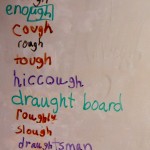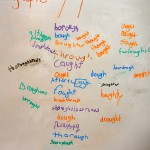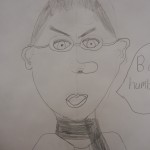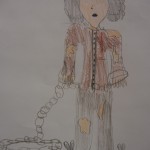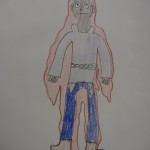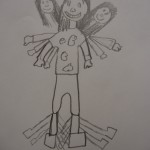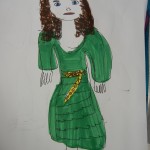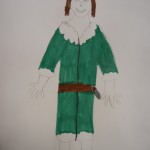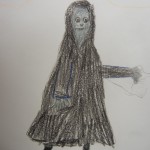When I finished reading aloud “A Christmas Carol” by Charles Dickens, I did a couple of things. I collected drawings the students made as they listened to the story, I asked the students to write about some of the ideas brought up in the story, and I handed out scripts from parts of the story.
Here is a script reading from the part in the story where Fred invites his Uncle Scrooge to Christmas dinner.
Next is a script reading from Ebenezer Scrooge’s encounter with the ghost of Jacob Marley. The visit (and conversation) is continued in the third script reading.
The next script reading is from the conversation between Ebenezer Scrooge and his fiance Belle. This conversation takes place during Scrooge’s visit with the Ghost of Christmas Past.
This last script reading is from the part in the story in which Scrooge’s nephew Fred is talking with his wife at their Christmas Day celebration. It takes place during Scrooge’s visit with the Ghost of Christmas Present.
When asked to write about some of the ideas brought up in the story, Zoe chose to write about Jacob Marley’s chains.
“When Jacob Marley’s ghost says, ‘I wear the chain I forged in life. I made it link by link and yard by yard,’ he means that he has done wrong things and hurt many people by thinking only of himself. Now he has to wear the heavy weight of that forever. I think he realizes now that if he had shown people charity, mercy, and benevolence, he wouldn’t be forced to wear the chains. Jacob Marley didn’t believe in charity. He was greedy and wanted to keep his money to himself. He never purposely wanted to hurt anybody, but he did hurt them by not caring about them or by not showing mercy when he could have. Each time Jacob Marley turned someone who needed help away, he added another link to his chain.
I think everybody has at least one link on their chain. Sometimes we do things and we don’t know we are doing them. I guess that’s why it is important to think about your actions before you do them. Think about what you are doing and how you treat people.”
Maya chose to write about Fred’s words : “And though it (Christmas)has never put a scrap of gold in my pocket, I believe that is has done me good and will do me good and I say God Bless it!”
“Christmas will do me good because it’s a time for me to get all the crazy distractions out of my head for a while and spend as much time as I can with my family. One day I’ll be out of time to do that. For me, it’s also a time to overstuff my stomach with turkey dinner and spend time with the people I most love. When I was little I thought that Christmas was for the presents. Christmas is really about spending time as a family and spreading joy to all the people of the world.”
Hannah had some interesting thoughts about Jacob Marley’s chains also …
“Jacob Marley must have done a lot of bad things to have it be yards and yards long. I think my chain is very short. I have teased my sister, but we’re usually just kidding around. I wonder if thinking something bad would put a link on your chain? I have thought some bad things, but have not done any. I promise. If I was like Jacob Marley, I might not have the friends that I do. I would rather die again than have those chains. Could he die again? Jacob Marley probably regretted all the things he did. I wonder exactly how many links are on Jacob Marley’s chain? I also wonder if links could be removed.
Christmas has always ‘done me good’. I love ice skating and snowboarding. Making cookies is great too. I love snickerdoodles! My absolute favorite part of Christmas is when my grandma visits!”
Here are some delightful drawings of Scrooge, Jacob Marley’s ghost, the Ghost of Christmas Past, the Ghost of Christmas Present, and the Ghost of Christmas Yet to Come.

